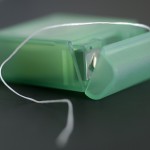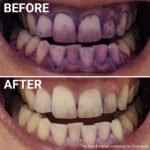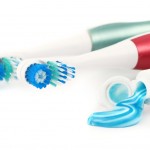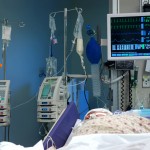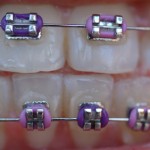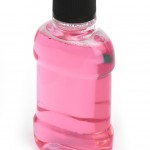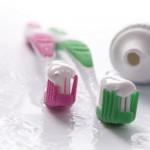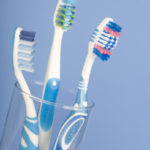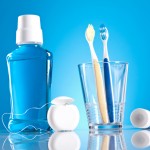
This review of the efficacy of interdental cleaning devices (ICDs) used with active substances, as adjuncts to toothbrushing included 7 RCTs. However, none of the available studies was at low risk of bias and all were small. While the findings suggest s benefit from using ICDs with active substances the evidence is of very low certainty so additional high qiality well reported trials are needed.
[read the full story...]